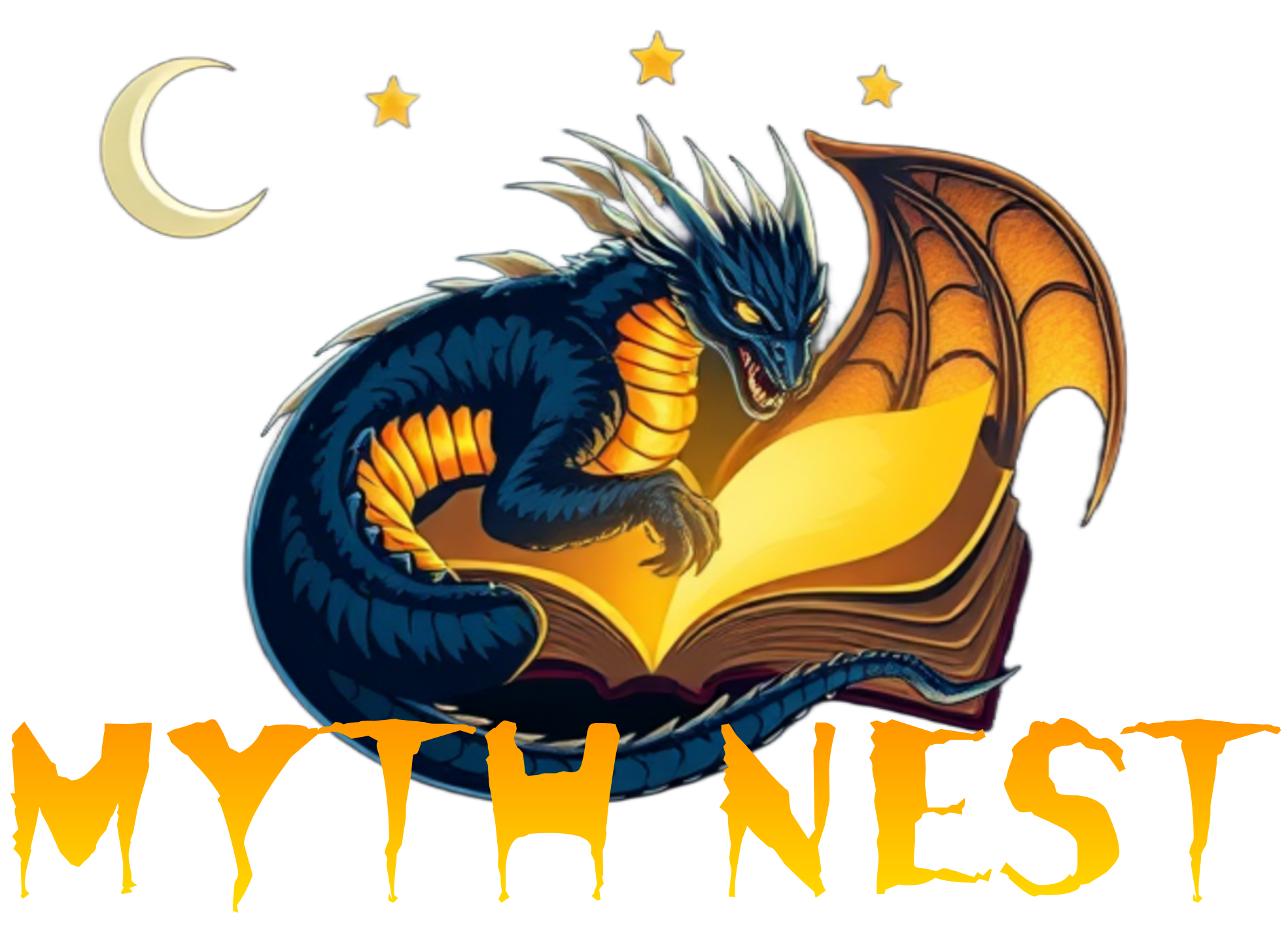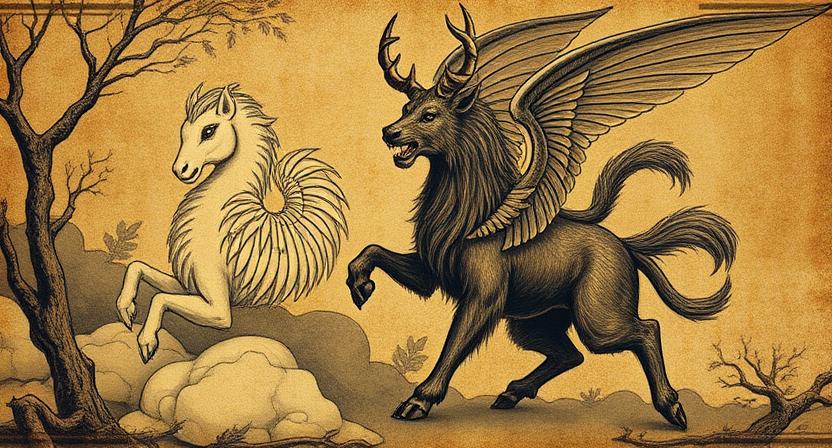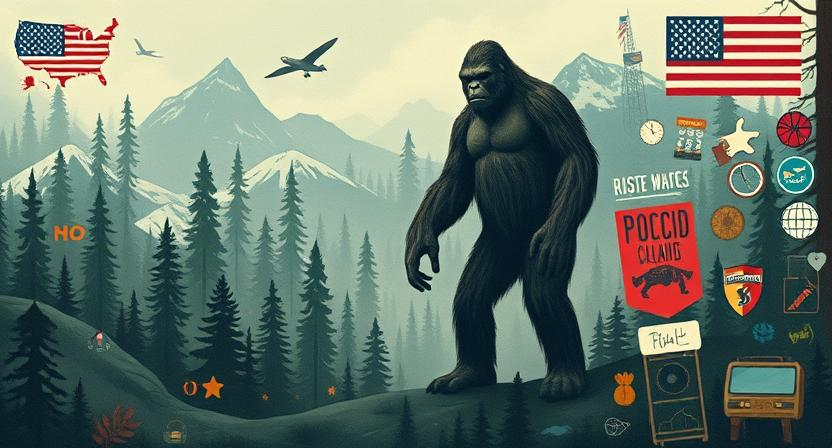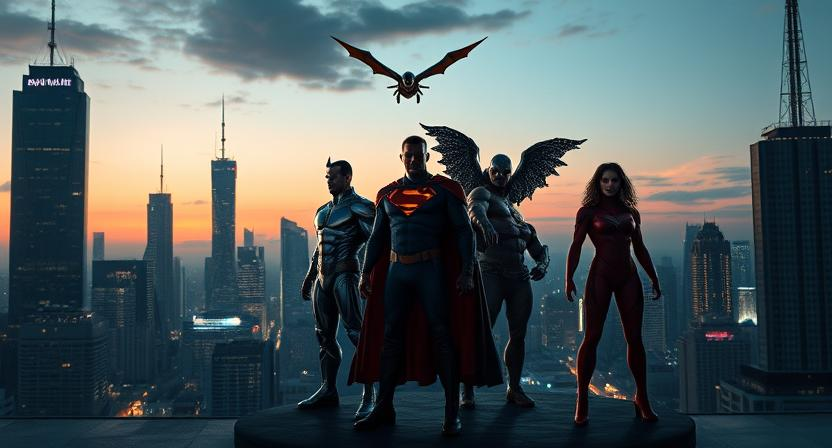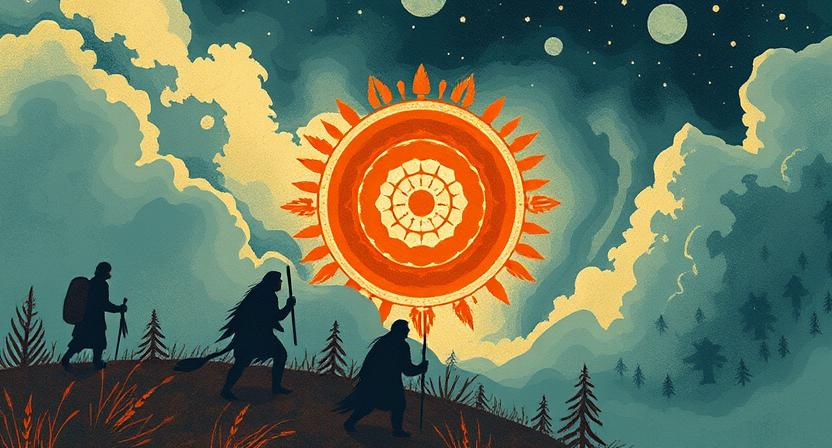Important Animals in Greek Mythology
Animals play a significant role in Greek mythology, often embodying powerful symbols and representing various virtues and vices. One of the most renowned creatures in Greek mythology is the majestic Pegasus, a winged horse said to be born from the blood of Medusa after her head was decapitated. Pegasus symbolizes freedom, speed, and wisdom. It is often depicted as a loyal companion to heroes, aiding them in their quests and adventures.
Another notable animal in Greek mythology is the cunning Sphinx, a creature with the body of a lion and the head of a human. The Sphinx is known for its enigmatic riddles, posing challenges to travelers passing near its domain. Those who failed to answer its riddles would face a fatal outcome. The Sphinx symbolizes mystery, intelligence, and the unyielding nature of fate in Greek mythology.
• Pegasus symbolizes freedom, speed, and wisdom
• Often depicted as a loyal companion to heroes in quests
• Born from the blood of Medusa after her decapitation
• The Sphinx is known for its enigmatic riddles
• Poses challenges to travelers passing near its domain
• Symbolizes mystery, intelligence, and fate in Greek mythology
The Sacred Animals of Ancient Egypt
The ancient Egyptians held animals in high regard, believing that they embodied divine qualities and were connected to various deities. Cats were especially revered for their association with the goddess Bastet, who was symbolized by a lioness or cat. Cats were considered sacred animals and were often kept as household pets, with their owners showing them great respect and care.
Another sacred animal in ancient Egypt was the ibis bird, which was linked to the god Thoth, the deity of wisdom, writing, and magic. The ibis was believed to be a messenger of Thoth, carrying messages between the god and the mortal world. The ancient Egyptians viewed the ibis as a symbol of knowledge and communication, and they even mummified the birds as offerings to the god.
• Cats were associated with the goddess Bastet and were considered sacred animals
• Owners of cats showed them great respect and care
• The ibis bird was linked to the god Thoth, deity of wisdom, writing, and magic
• The ibis was believed to be a messenger of Thoth between the god and mortal world
• Ancient Egyptians viewed the ibis as a symbol of knowledge and communication
Animals as Messengers in Native American Mythology
In Native American mythology, animals often serve as messengers between humans and the spiritual world. These creatures possess unique traits and attributes that make them well-suited for delivering important messages from the divine realm to the mortal realm. Birds, such as owls and eagles, are commonly viewed as messengers due to their ability to soar high in the sky and connect the earthly and heavenly realms.
Similarly, animals like wolves and bears are revered for their wisdom and strength, making them ideal messengers in Native American mythology. These animals are believed to carry important guidance and warnings from the spirit world to individuals or tribes in need. The deep connection between nature and the spiritual realm in Native American beliefs is exemplified through the use of animals as messengers, illustrating the profound respect and reverence for all living beings in their mythological traditions.
• Birds, such as owls and eagles, are commonly viewed as messengers due to their ability to soar high in the sky
• Wolves and bears are revered for their wisdom and strength in Native American mythology
• These animals are believed to carry important guidance and warnings from the spirit world
• The deep connection between nature and the spiritual realm is exemplified through animals as messengers
Animal Symbolism in Chinese Mythology
In Chinese mythology, animals play a significant role in conveying important cultural and spiritual messages. The Dragon, for instance, is a symbol of power, strength, and good luck in Chinese folklore. It is revered as a divine creature and often associated with the emperor, representing imperial authority and protection.
Another widely recognized animal in Chinese mythology is the Phoenix, known as Fenghuang. The Phoenix symbolizes harmony, peace, and prosperity. It is often depicted alongside the Dragon to represent the balance of yin and yang, and the union of opposites in the natural world. The presence of the Phoenix is believed to bring good fortune and renewal.
• The Dragon symbolizes power, strength, and good luck
• Associated with the emperor, representing imperial authority
• Revered as a divine creature in Chinese folklore
• The Phoenix represents harmony, peace, and prosperity
• Often depicted alongside the Dragon to symbolize balance of yin and yang
• Believed to bring good fortune and renewal in Chinese mythology
The Role of Animals in Norse Mythology
Norse mythology is rich with stories of animals playing significant roles in the realms of Asgard and Midgard. The most notable of these is the mighty creature, Sleipnir, an eight-legged horse originally born from the union of Loki and the stallion Svaðilfari. Sleipnir is the faithful steed ridden by the chief god Odin, aiding him in traversing the vast distances between worlds.
Another important animal in Norse mythology is the fierce wolf Fenrir, a monstrous being who plays a pivotal role in the events leading to Ragnarok, the apocalyptic battle that signals the end of the world. Fenrir’s menacing presence symbolizes chaos and destruction, embodying the inevitable fate that all beings, divine and mortal, must confront in the Norse cosmology.
• In Norse mythology, animals are often depicted as powerful and symbolic beings
• Sleipnir, the eight-legged horse ridden by Odin, represents speed and agility in traversing different realms
• Fenrir, the fierce wolf associated with chaos and destruction, foreshadows the end of the world in Ragnarok
• Animals in Norse mythology serve as important characters that shape the narrative and themes of these ancient stories
Animals in Hindu Mythology and their Symbolism
Hindu mythology is rich with stories featuring various animals, each carrying symbolic significance. The revered elephant-headed god, Ganesh, is a prominent figure in Hinduism, symbolizing wisdom, intelligence, and good fortune. Another significant animal in Hindu mythology is the cow, considered sacred and a representative of motherhood, nourishment, and protection.
Furthermore, the monkey god Hanuman is a beloved deity embodying courage, strength, and devotion. His unwavering loyalty to Lord Rama is a central theme in many Hindu epics, showcasing the importance of faithfulness and selfless service. Similarly, the peacock, associated with the goddess Saraswati, symbolizes beauty, grace, and creativity in Hindu mythology. The diverse array of animals in Hindu myths reflects the intricate tapestry of beliefs and values that shape the religion’s teachings and traditions.
• Ganesh, the elephant-headed god, symbolizes wisdom, intelligence, and good fortune
• The cow is considered sacred and represents motherhood, nourishment, and protection
• Hanuman, the monkey god, embodies courage, strength, and devotion
• The peacock symbolizes beauty, grace, and creativity in Hindu mythology
Animals as Gods and Goddesses in Hindu Mythology
In Hindu mythology, animals hold significant roles as gods and goddesses, embodying divine qualities and characteristics. The elephant-headed deity Ganesha, revered as the Remover of Obstacles and the god of wisdom, is one of the most beloved figures in Hinduism. His portrayal symbolizes intelligence, strength, and the ability to overcome challenges. Another prominent animal deity is Hanuman, the monkey god known for his unwavering devotion to Lord Rama. Hanuman is revered for his loyalty, courage, and incredible powers, making him a symbol of strength and protection in Hindu mythology.
Furthermore, the cow holds a sacred status in Hinduism and is revered as a symbol of motherhood and fertility. The cow goddess Kamadhenu, also known as the Wish-Fulfilling Cow, is believed to possess the power to grant wishes and desires. The cow is considered a symbol of abundance, selflessness, and purity in Hindu mythology, and is worshipped during festivals and rituals. Additionally, the peacock is associated with the goddess Saraswati, the deity of knowledge, arts, and wisdom. The peacock’s vibrant feathers symbolize beauty, grace, and spirituality, reflecting the divine qualities attributed to Saraswati in Hindu mythology.
• In Hindu mythology, animals play significant roles as gods and goddesses
• Ganesha, the elephant-headed deity symbolizes intelligence, strength, and overcoming obstacles
• Hanuman, the monkey god known for loyalty, courage, and protection in Hindu mythology
• The cow holds a sacred status representing motherhood and fertility in Hinduism
• Kamadhenu, the Wish-Fulfilling Cow is believed to grant wishes and desires
• The peacock is associated with Saraswati, representing beauty, grace, and spirituality
The Trickster Animals in African Mythology
One prominent figure in African mythology is the mischievous spider, Anansi. Known for his cunning and clever ways, Anansi often outwits others by using his intelligence and quick thinking. In many stories, Anansi plays tricks on animals and humans alike, teaching valuable lessons through his antics. Despite his deceptive nature, Anansi is also portrayed as a cultural hero and a creator of wisdom.
Another trickster animal in African mythology is the tortoise. This cunning creature uses its wit and resourcefulness to navigate through challenging situations. In many tales, the tortoise often outsmarts stronger and faster animals by relying on its intellect and craftiness. The tortoise’s ability to outwit others serves as a reminder that intelligence and cunning can be powerful tools in overcoming obstacles.
• Anansi, the mischievous spider, is known for his cunning and clever ways
• He outwits others using his intelligence and quick thinking
• Anansi plays tricks on animals and humans, teaching valuable lessons through his antics
• Despite being deceptive, Anansi is also seen as a cultural hero and creator of wisdom
• The tortoise is another trickster animal in African mythology
• This cunning creature uses wit and resourcefulness to navigate challenging situations
• It often outsmarts stronger and faster animals by relying on intellect and craftiness
• The tortoise’s ability to outwit others serves as a reminder of the power of intelligence in overcoming obstacles
Animals as Guardians in Japanese Mythology
In Japanese mythology, animals are often depicted as powerful guardians with extraordinary abilities. These mythical creatures play a crucial role in protecting sacred places, individuals, and even entire kingdoms. One such guardian is the kirin, a majestic creature with the body of a deer, the tail of an ox, and the scales of a fish. Known for its benevolence and wisdom, the kirin is believed to appear only in lands ruled by a virtuous leader, bringing prosperity and good fortune wherever it goes.
Another revered guardian in Japanese mythology is the kitsune, a shape-shifting fox spirit capable of both mischief and benevolence. Often portrayed with multiple tails symbolizing its age and power, the kitsune is associated with Inari, the Shinto deity of rice and fertility. In some stories, the kitsune serves as a messenger between the human world and the spirit realm, offering protection to those who show respect and reverence towards nature.
• The kirin is known for its benevolence and wisdom
• The kirin appears only in lands ruled by a virtuous leader
• The kitsune is a shape-shifting fox spirit capable of mischief and benevolence
• Kitsune is associated with Inari, the Shinto deity of rice and fertility
• Kitsune serves as a messenger between the human world and the spirit realm
Animal Spirits in Native Alaskan Mythology
In Native Alaskan mythology, animal spirits play a significant role in the spiritual beliefs of the indigenous peoples of the region. These animal spirits are revered for their wisdom, strength, and connection to the natural world. Each animal spirit is believed to possess unique qualities and powers that can guide and protect those who seek their help.
The Inuit people, for example, believe in the spiritual essence of animals such as the polar bear, walrus, and caribou. These animal spirits are seen as powerful guardians and sources of inspiration for Inuit communities. Through rituals, storytelling, and art, the Inuit honor and communicate with these animal spirits to gain their favor and blessings in various aspects of life.
• The Inuit people believe that the polar bear symbolizes courage, strength, and resilience in the face of adversity.
• The walrus is revered for its wisdom, adaptability, and ability to navigate through life’s challenges with grace.
• The caribou represents endurance, guidance, and protection on long journeys or difficult paths.
• Through ceremonies and dances, the Inuit seek to connect with these animal spirits to receive their guidance and blessings in hunting, fishing, healing, and other important aspects of daily life.
The Divine Animals of Mesopotamian Mythology
In Mesopotamian mythology, animals played a significant role as divine beings, often embodying certain qualities and characteristics that were revered by the ancient people. One of the most prominent divine animals in Mesopotamian mythology was the Bull of Heaven, known for its strength and power. This celestial bull was believed to be sent by the gods to wreak havoc on earth, symbolizing both the destructive forces of nature and the divine authority of the deities.
Another important divine animal in Mesopotamian mythology was the Serpent of Ishtar, associated with the goddess of love, fertility, and war. The serpent was considered a symbol of wisdom, transformation, and regeneration, reflecting the dual nature of life and death in ancient Mesopotamian beliefs. It was believed that the Serpent of Ishtar had the ability to bring blessings or curses upon humanity, depending on how it was revered and appeased by the people.
• The Bull of Heaven represented strength and power in Mesopotamian mythology
• Believed to be sent by the gods to wreak havoc on earth
• Symbolized both destructive forces of nature and divine authority
• The Serpent of Ishtar was associated with the goddess of love, fertility, and war
• Considered a symbol of wisdom, transformation, and regeneration
• Reflected the dual nature of life and death in ancient Mesopotamian beliefs
Animimals as Symbols of Strength in Celtic Mythology
Lions are emblematic creatures in Celtic mythology, revered for their strength, courage, and majestic presence. In Celtic beliefs, lions symbolize power, protection, and leadership, embodying the qualities of bravery and resilience. The lion’s roar is seen as a call to action, inspiring warriors to fight with valor and defend their land against adversaries.
Similarly, the stag holds a prominent place in Celtic symbolism, representing virility, vitality, and endurance. Known for its grace and agility, the stag is associated with the wild, untamed aspects of nature and the cycles of life and death. In Celtic mythology, the stag is often depicted as a creature of the forest, embodying the connection between the physical and spiritual realms. Its antlers, symbolizing strength and regrowth, are seen as a sign of the stag’s resilience and adaptability in the face of challenges.
• Lions are revered for their strength, courage, and majestic presence in Celtic mythology
• They symbolize power, protection, and leadership
• The lion’s roar is seen as a call to action for warriors to fight with valor
• Stags represent virility, vitality, and endurance in Celtic symbolism
• Known for their grace and agility
• Associated with the wild aspects of nature and cycles of life and death
• Antlers symbolize strength, regrowth, resilience, and adaptability
The Role of Animals in Aboriginal Australian Dreamtime Stories
In Aboriginal Australian Dreamtime stories, animals play a significant role as ancestral beings who shaped the world and guided the first humans. These animal beings are believed to have created the landscape, plants, and animals that exist today. For example, the Rainbow Serpent is a powerful ancestral being that created rivers and gorges as it moved across the land, shaping the terrain. Other animals like the kangaroo, emu, and echidna are revered for their wisdom, agility, and unique characteristics that helped the Aboriginal people survive and thrive in their environment.
Additionally, animals in Aboriginal Australian Dreamtime stories often serve as moral guides, teaching important lessons about respect, cooperation, and the consequences of one’s actions. Stories featuring animals like the wise old owl or the cunning fox are used to pass down traditional values and teachings to younger generations. These tales help to instill a sense of connection to the natural world and respect for all living beings, reinforcing the importance of living in harmony with nature.
• The Rainbow Serpent is a powerful ancestral being that created rivers and gorges
• Kangaroo, emu, and echidna are revered for their wisdom and unique characteristics
• Animals in Dreamtime stories serve as moral guides, teaching important lessons about respect and cooperation
• Stories featuring animals like the wise old owl or cunning fox pass down traditional values to younger generations
• Aboriginal Australian Dreamtime stories help instill a sense of connection to the natural world
Animals in Mayan Mythology and their Meanings
The animals in Mayan mythology play significant roles in their stories and beliefs. They are seen as symbols of power, protection, and guidance. The jaguar, for example, is considered a sacred animal representing strength and agility. Mayans believed that the jaguar had the ability to move between the physical and spiritual realms, making it a powerful and mystical creature in their mythology.
Another important animal in Mayan mythology is the serpent. Serpents were revered for their association with water and fertility. They were seen as symbols of transformation and renewal, with the ability to shed their skin and be reborn. The feathered serpent deity, Kukulkan, was one of the most prominent figures in Mayan mythology, representing the cycle of life and death. Serpents were also believed to be guardians of the underworld, bridging the gap between the earthly realm and the afterlife.
• The jaguar is a sacred animal symbolizing strength and agility
• Mayans believed jaguars could move between physical and spiritual realms
• Serpents were revered for their association with water and fertility
• They symbolized transformation, renewal, and the cycle of life and death
• Kukulkan, the feathered serpent deity, was a prominent figure in Mayan mythology
The Importance of Animals in Inuit Mythology
In Inuit mythology, animals hold immense significance as they are believed to embody spiritual wisdom and strength. Each animal is seen as a divine being, possessing unique qualities that are revered and respected by the Inuit people. The connection between humans and animals in Inuit mythology goes beyond physical existence, encompassing a deep spiritual bond that is integral to their cultural beliefs.
The Inuit view animals as more than just physical entities; they are seen as guides, protectors, and sources of inspiration. Through stories and rituals, the Inuit celebrate the qualities of various animals, drawing lessons and teachings from their behaviors and characteristics. Animals in Inuit mythology are not merely creatures to be hunted or feared; they are revered for their symbolic meanings and contributions to the spiritual world of the Inuit people.
• The Inuit believe that animals possess spiritual wisdom and strength
• Animals are seen as divine beings in Inuit mythology
• Humans and animals share a deep spiritual bond in Inuit culture
• Animals are viewed as guides, protectors, and sources of inspiration in Inuit mythology
• Stories and rituals are used to celebrate the qualities of various animals in Inuit culture
Animals as Divine Beings in Aztec Mythology
In Aztec mythology, animals held significant roles as divine beings. The Aztecs revered various animals for their symbolic meanings and attributed divine qualities to them. Among the most prominent were the jaguar, considered a symbol of power and strength, often associated with warriors and rulers. Its ferocity and stealth made it a revered symbol of protection and leadership in Aztec society.
Similarly, the eagle was another revered animal in Aztec mythology, symbolizing courage, clarity, and connection to the divine realm. The Aztecs believed that the eagle was a messenger between humans and the gods, carrying prayers and offerings to the heavens. Its majestic presence in the skies symbolized the Aztec belief in the importance of spiritual connection and guidance from the divine through the natural world.
• The jaguar was considered a symbol of power and strength in Aztec mythology
• It was often associated with warriors and rulers due to its ferocity and stealth
• The eagle symbolized courage, clarity, and connection to the divine realm for the Aztecs
• They believed that the eagle served as a messenger between humans and the gods
• Its presence in the skies represented spiritual connection and guidance from the divine
The Role of Animals in Native Hawaiian Mythology
In Native Hawaiian mythology, animals play a significant role as divine messengers and protectors of the land. The honu, or sea turtle, is revered as a symbol of longevity and wisdom. It is believed that the honu carries the spirits of ancestors and guides them safely to the afterlife. Additionally, the nene goose is considered a sacred bird in Hawaiian culture, symbolizing peace and protection. The nene goose is believed to be a guardian spirit that watches over the islands and ensures the well-being of the people.
Furthermore, the shark holds a special place in Hawaiian mythology as a powerful and respected creature. Known as aumakua, or ancestral guardians, sharks are believed to protect families and individuals. It is said that certain families are connected to specific shark deities who watch over and guide them throughout their lives. The shark is seen as a symbol of strength, courage, and guidance in navigating life’s challenges.
• In Native Hawaiian mythology, animals are divine messengers and protectors of the land
• The honu, or sea turtle, symbolizes longevity and wisdom
• The nene goose is a sacred bird representing peace and protection
• Sharks are revered as powerful ancestral guardians called aumakua
• Certain families are connected to specific shark deities for guidance
Animals as Protectors in Slavic Mythology
In Slavic mythology, animals play a significant role as protectors of the natural world and humanity. Bears are revered for their strength and are seen as fierce yet benevolent guardians. It is believed that bears have the power to ward off evil spirits and protect those who respect the forests they inhabit. Wolves, known for their loyalty and cunning nature, are also revered as protectors in Slavic folklore. They are seen as guardians of the forests and are believed to guide lost travelers to safety.
Another animal that holds a protective role in Slavic mythology is the majestic eagle. Eagles are symbols of courage and wisdom, and are known to watch over the land with keen eyesight, ensuring the safety of those who dwell below. In Slavic tales, eagles are often depicted as messengers of the gods, delivering important omens and warnings to those in need. Through their watchful presence, eagles are believed to offer guidance and protection to all who seek their aid in times of trouble.
• Bears are revered for their strength and seen as fierce yet benevolent guardians
• Wolves are known for their loyalty and cunning nature, serving as protectors in Slavic folklore
• Eagles symbolize courage and wisdom, watching over the land with keen eyesight
• Eagles are often depicted as messengers of the gods, delivering important omens and warnings to those in need
Animal Symbolism in Persian Mythology
The animals featured in Persian mythology often symbolize various traits and qualities. For instance, the lion is often seen as a symbol of bravery, strength, and royalty. In Persian culture, the lion is considered the king of all beasts, representing power and courage. It is also associated with the sun and warmth, embodying vitality and energy.
On the other hand, the mythical creature known as the Simurgh is revered in Persian mythology as a symbol of compassion, benevolence, and wisdom. Often depicted as a majestic bird with the head of a dog and the claws of a lion, the Simurgh is believed to possess profound knowledge and healing powers. It represents protection and guidance, offering solace and support to those in need.
• The lion symbolizes bravery, strength, and royalty in Persian mythology
• Considered the king of all beasts, representing power and courage
• Associated with the sun and warmth, embodying vitality and energy
• The Simurgh is revered as a symbol of compassion, benevolence, and wisdom in Persian mythology
• Depicted as a majestic bird with the head of a dog and claws of a lion
• Believed to possess profound knowledge and healing powers
• Represents protection and guidance, offering solace and support to those in need.
The Mythical Creatures of South American Indigenous Mythology
In South American Indigenous Mythology, there are a plethora of mythical creatures that play significant roles in the cultural beliefs and stories of various indigenous groups. These creatures are often depicted as supernatural beings with unique abilities and characteristics that set them apart from the natural world. From serpent-like deities to shape-shifting guardians, these mythical creatures embody the spiritual connection between the physical and spiritual realms for these communities.
Many of these mythical creatures are deeply ingrained in the creation stories and folklore of South American indigenous peoples, serving as messengers, protectors, and guides in their spiritual journeys and daily lives. These creatures are often revered and honored through rituals and ceremonies, symbolizing the close relationship between humans and nature in these ancient cultures. The rich tapestry of mythical creatures in South American Indigenous Mythology reflects the deep respect and reverence these communities have for the natural world and the spiritual forces that shape their existence.
• In South American Indigenous Mythology, one of the most well-known mythical creatures is the Chullachaqui, a mischievous shape-shifter who protects the forests and punishes those who harm them.
• Another prominent mythical creature is the Yacuruna, a water-dwelling being with incredible strength and magical powers who controls the rivers and lakes in the Amazon region.
• The Amaru, a giant serpent deity often depicted as a rainbow-colored dragon, is believed to be both creator and destroyer in Andean mythology.
• The Mapinguari, a massive ape-like creature with backward-facing feet and thick fur that emits an unbearable stench, is said to roam the jungles of Brazil and Peru.
